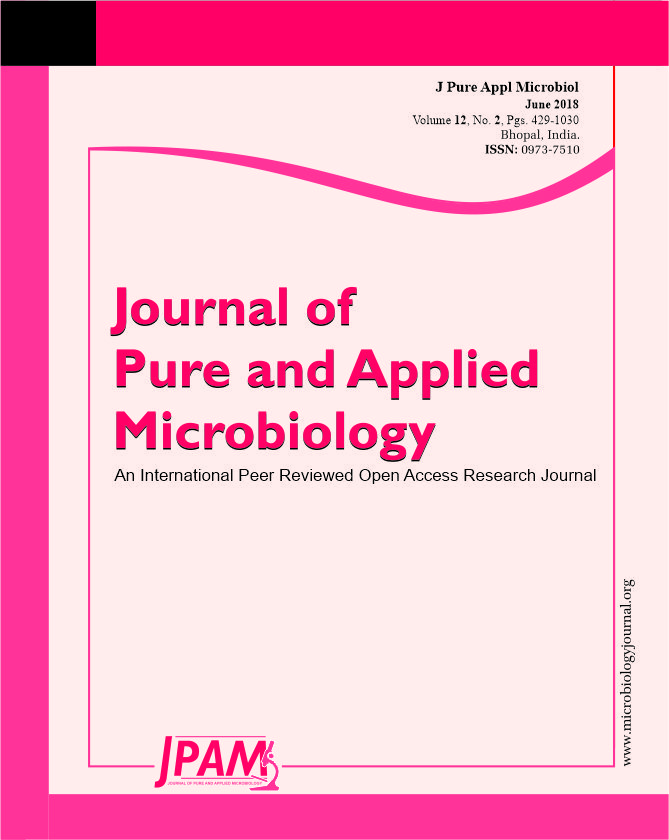Staphylococcus aureus still resembles one of the primary causes of food poisoning induced specifically by milk and its products. Recent studies from neighbor countries of Iraq showed the presence of this bacterium in the milk of cattle, sheep, and goat. The current study aimed to genetically identify S. aureus that was cultivated from 16 raw milk, 20 cheese, and 13 cream samples. The results show positive isolation of the bacterium in 6 (37.5%), 8 (40%), and 3(23%) samples respectively. Then, the isolates were subjected to multiplex polymerase chain reaction (mPCR) technique targeting enterotoxin genes, sea, seb, and seg. Interestingly, the milk samples showed amplification of these genes in 3 (33.3%), 1 (16.6%), and 4 (66.6%) isolates respectively. the cheese results revealed amplification of the genes in 4 (50%), 2 (25%), and 5 (62.5%) isolates respectively. Moreover, the cream indicated amplification of seg gene only in 1 (33.3%) isolate. Finally and to genotype the bacterium, the accessory gene regulator (agr) was employed to detect the bacterium nucleotide polymorphism. The results place the isolated S. aureus in different genotype groups but mostly in Group I and Group III. The current study results determine S. aureus as a pathogenic organism that thrives the milk and its products and might be responsible for many cases of food poisoning in the city.
Staphylococcus aureus, food poisoning, dairy products, genotyping
© The Author(s) 2018. Open Access. This article is distributed under the terms of the Creative Commons Attribution 4.0 International License which permits unrestricted use, sharing, distribution, and reproduction in any medium, provided you give appropriate credit to the original author(s) and the source, provide a link to the Creative Commons license, and indicate if changes were made.


